Nursing Short Staffing: Examining Causes, Effects, and Solutions
VerifiedAdded on 2022/10/31
|8
|495
|37
Report
AI Summary
This report delves into the critical issue of nursing short staffing, examining its causes, effects, and potential solutions. It highlights the impact on patient safety, the role of fatigue, and the legal considerations surrounding staffing levels, particularly in intensive care units. The report utilizes a cross-sectional study design and references relevant literature to support its findings. It proposes increasing the number of nurses as a key solution to reduce mortality rates and improve overall healthcare quality. The report also discusses the importance of adhering to regulatory guidelines regarding nurse-to-patient ratios. The study also mentions the use of a simple random sampling method on a sample size of 239 employees in the Chamberlain University. The report concludes that increased nurse staffing is crucial for improving patient outcomes and promoting a healthier healthcare environment.
1 out of 8
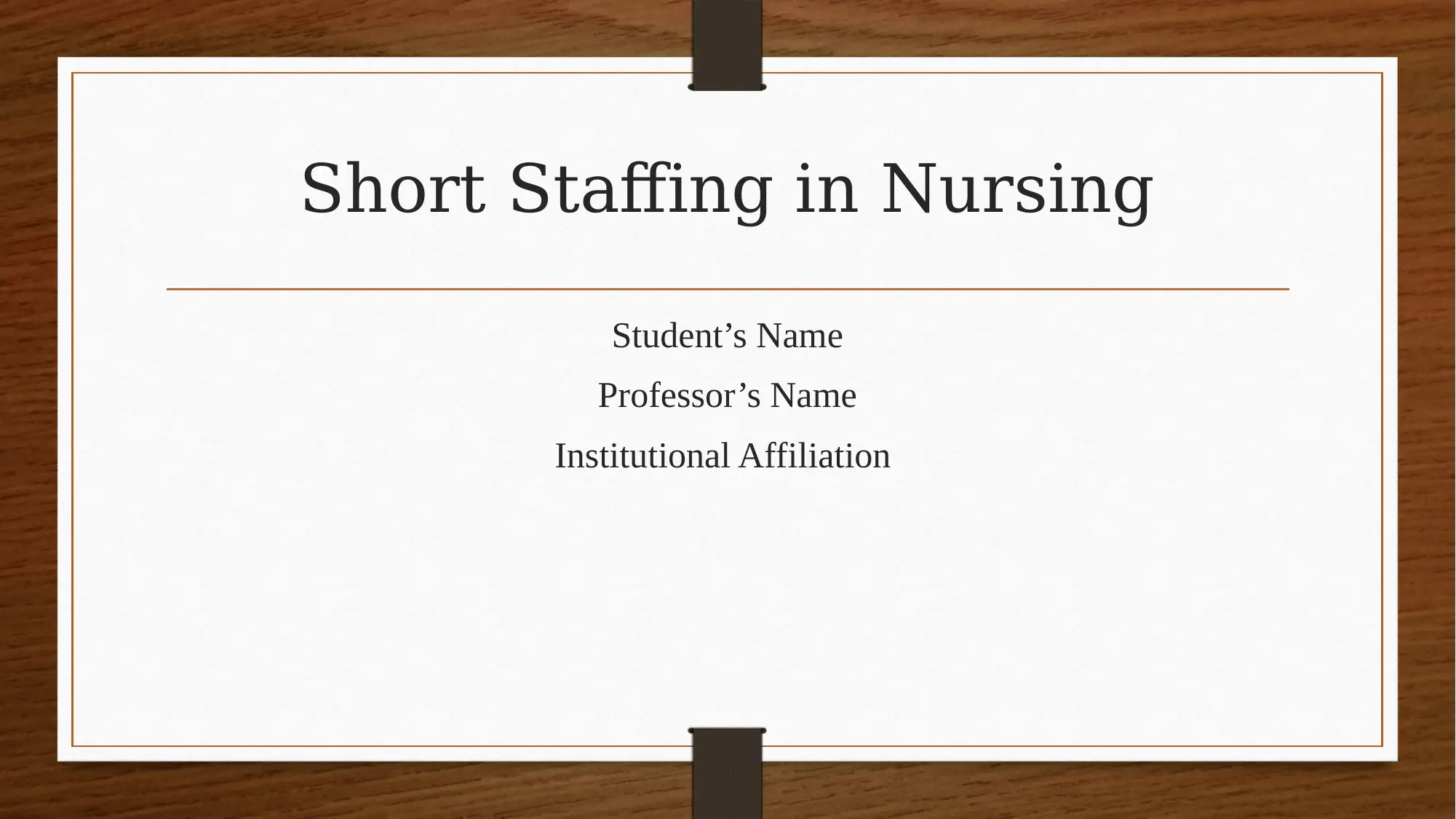
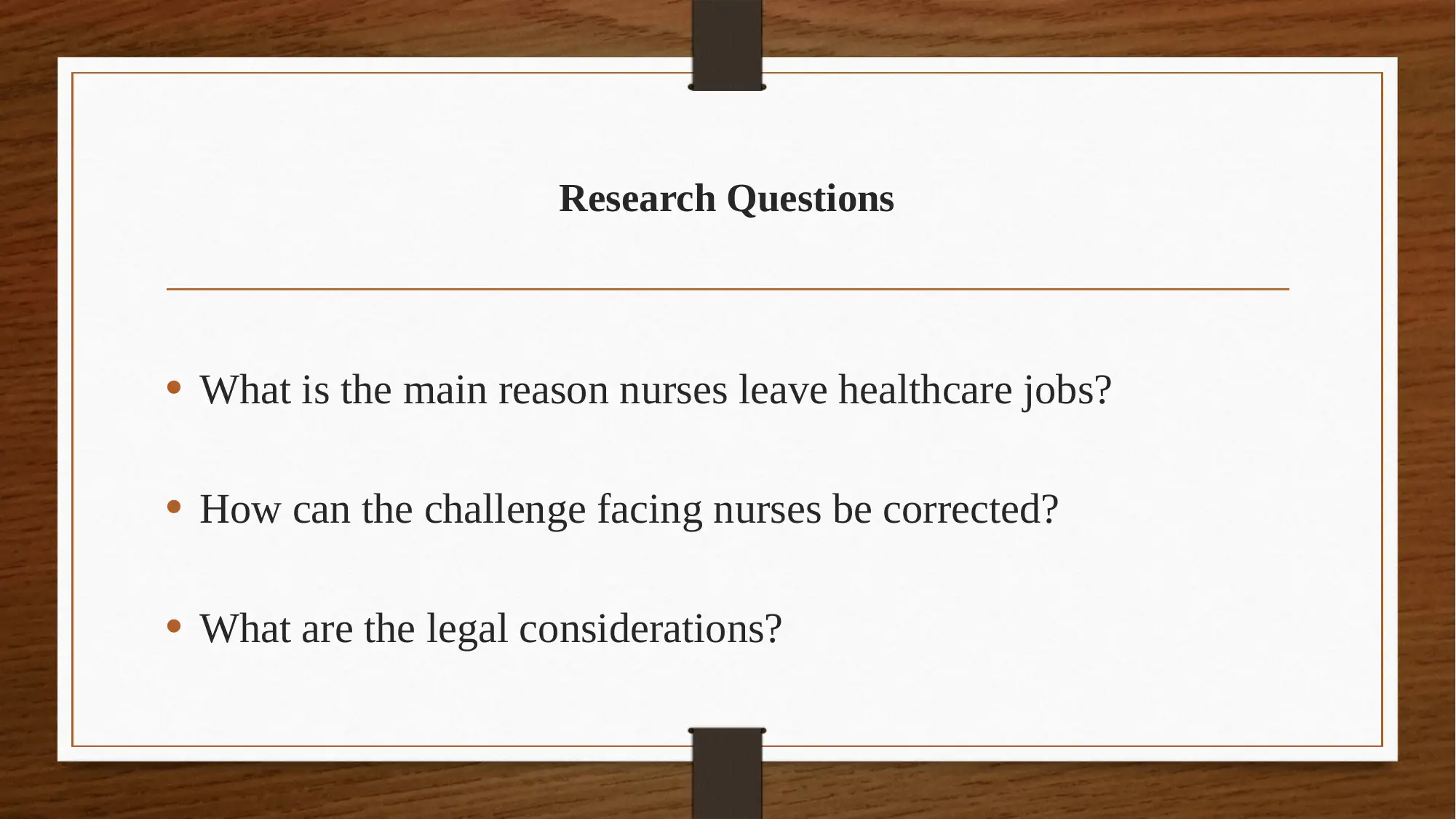
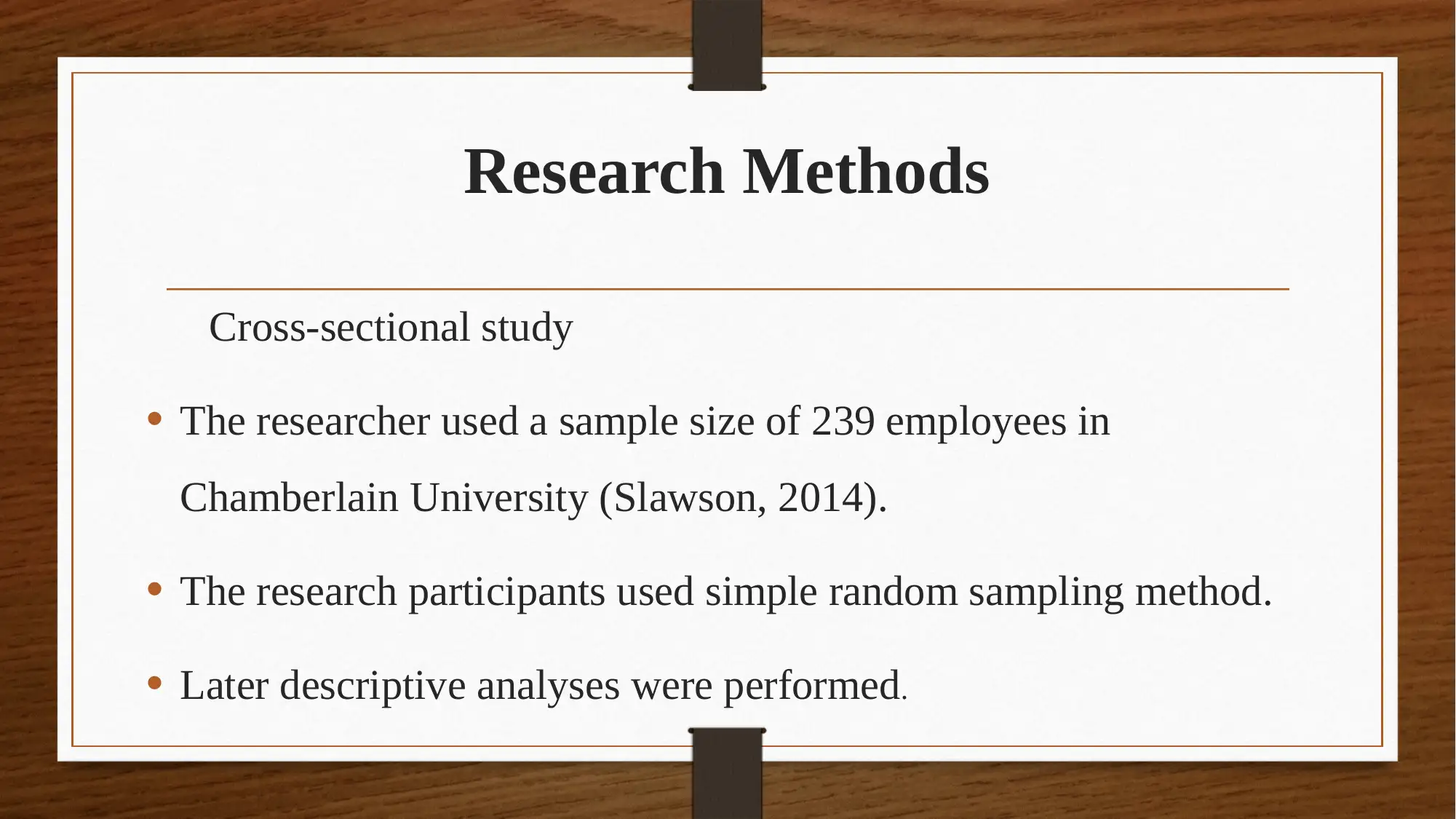

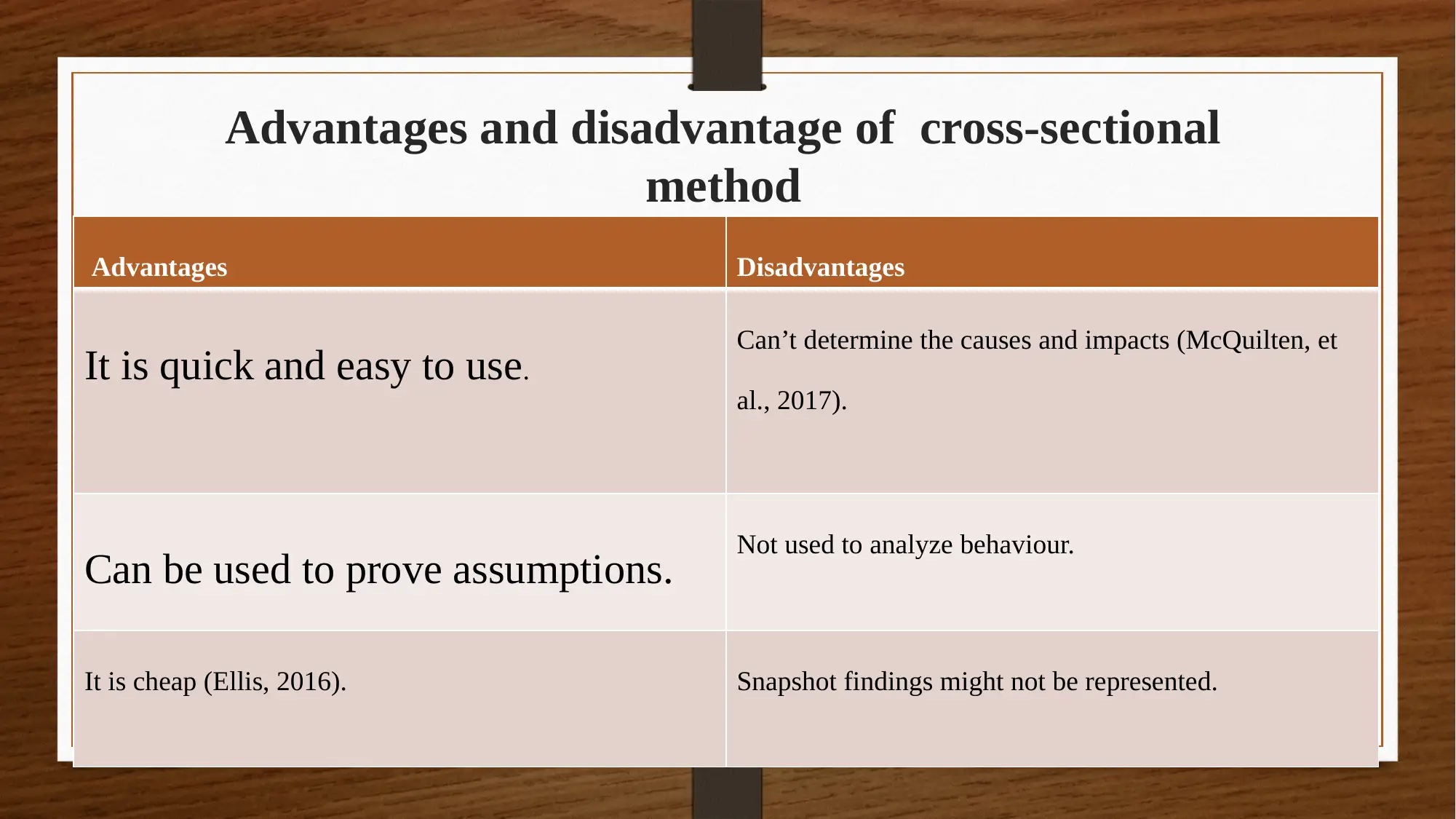
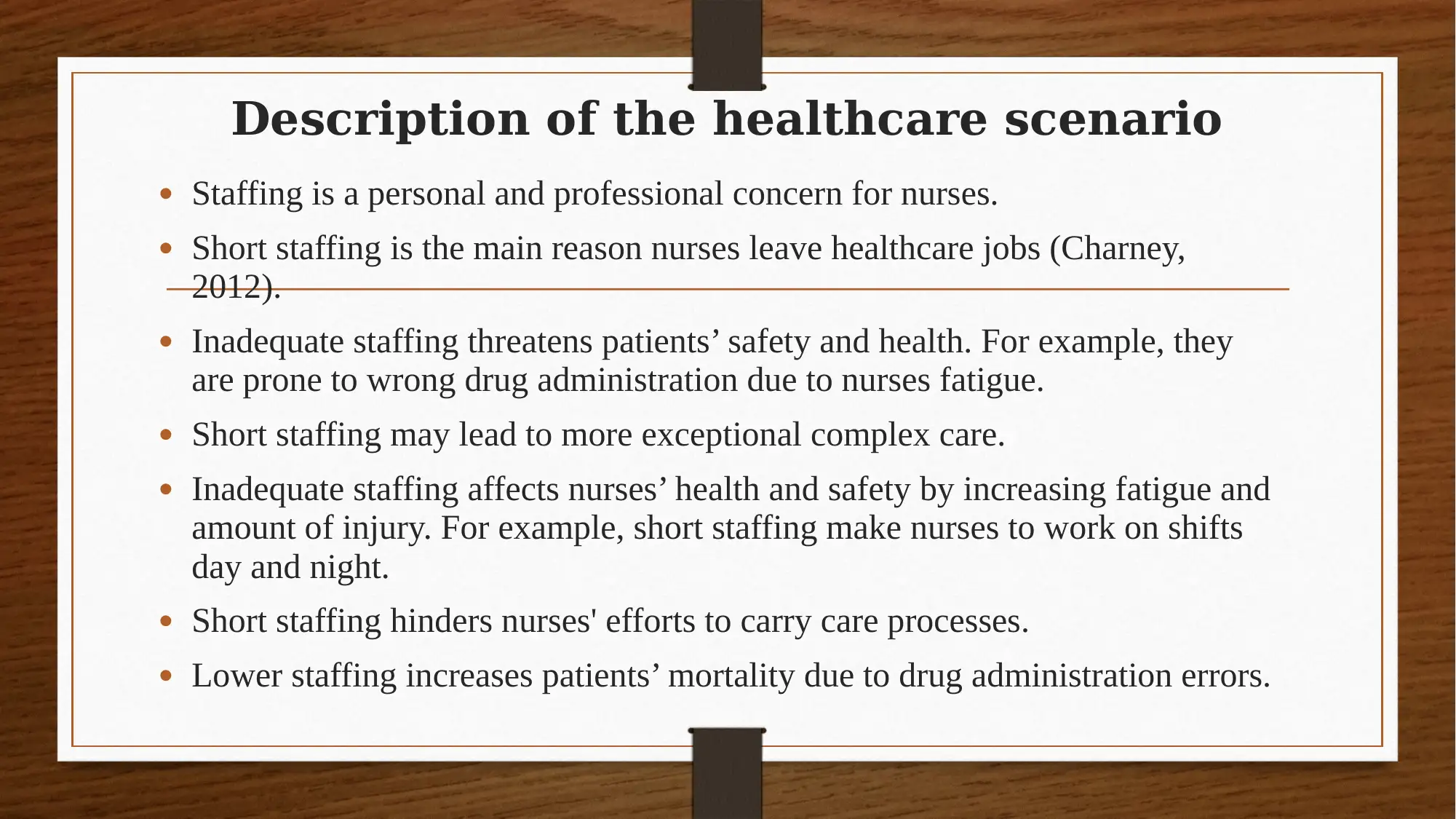
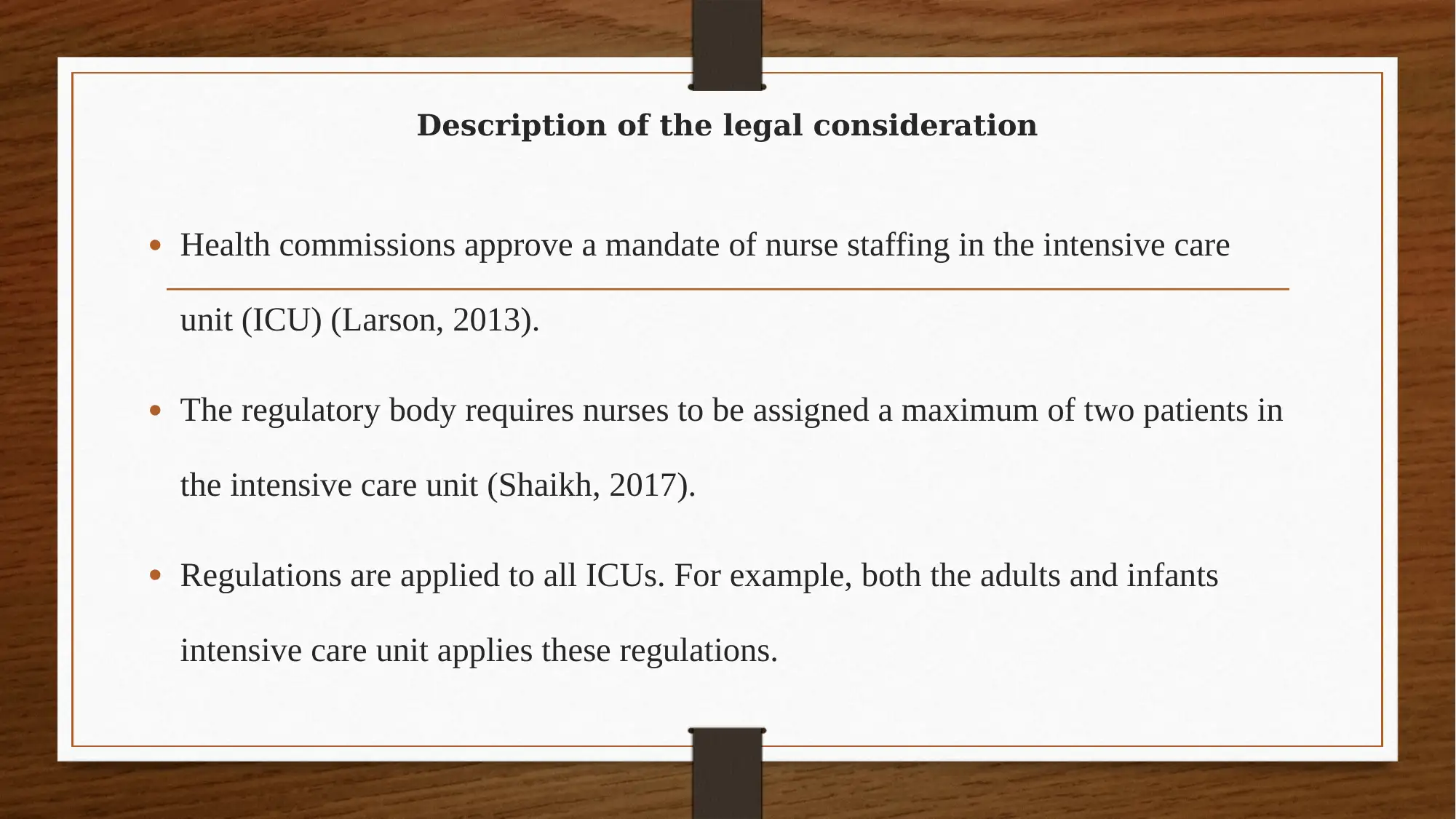
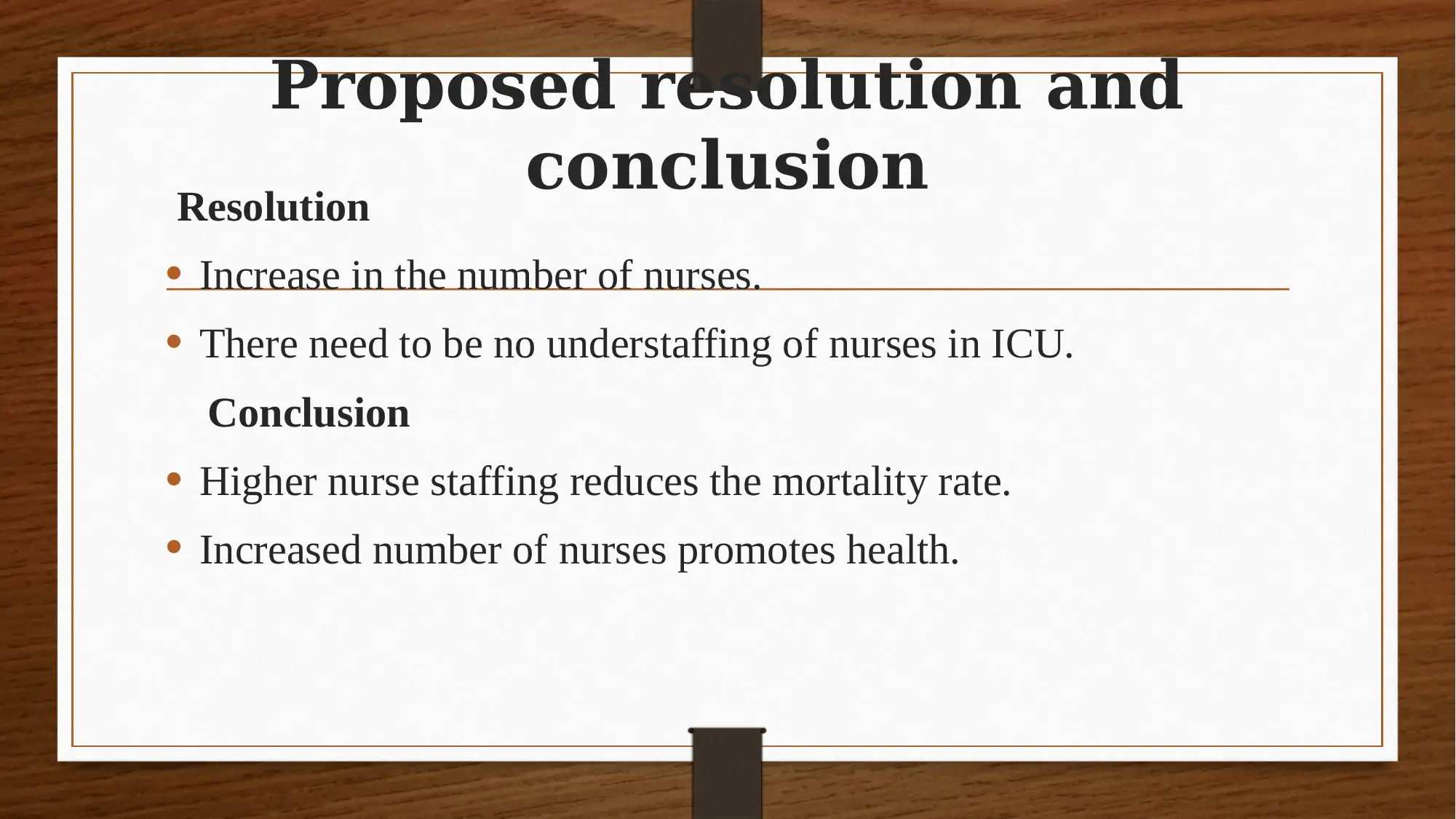
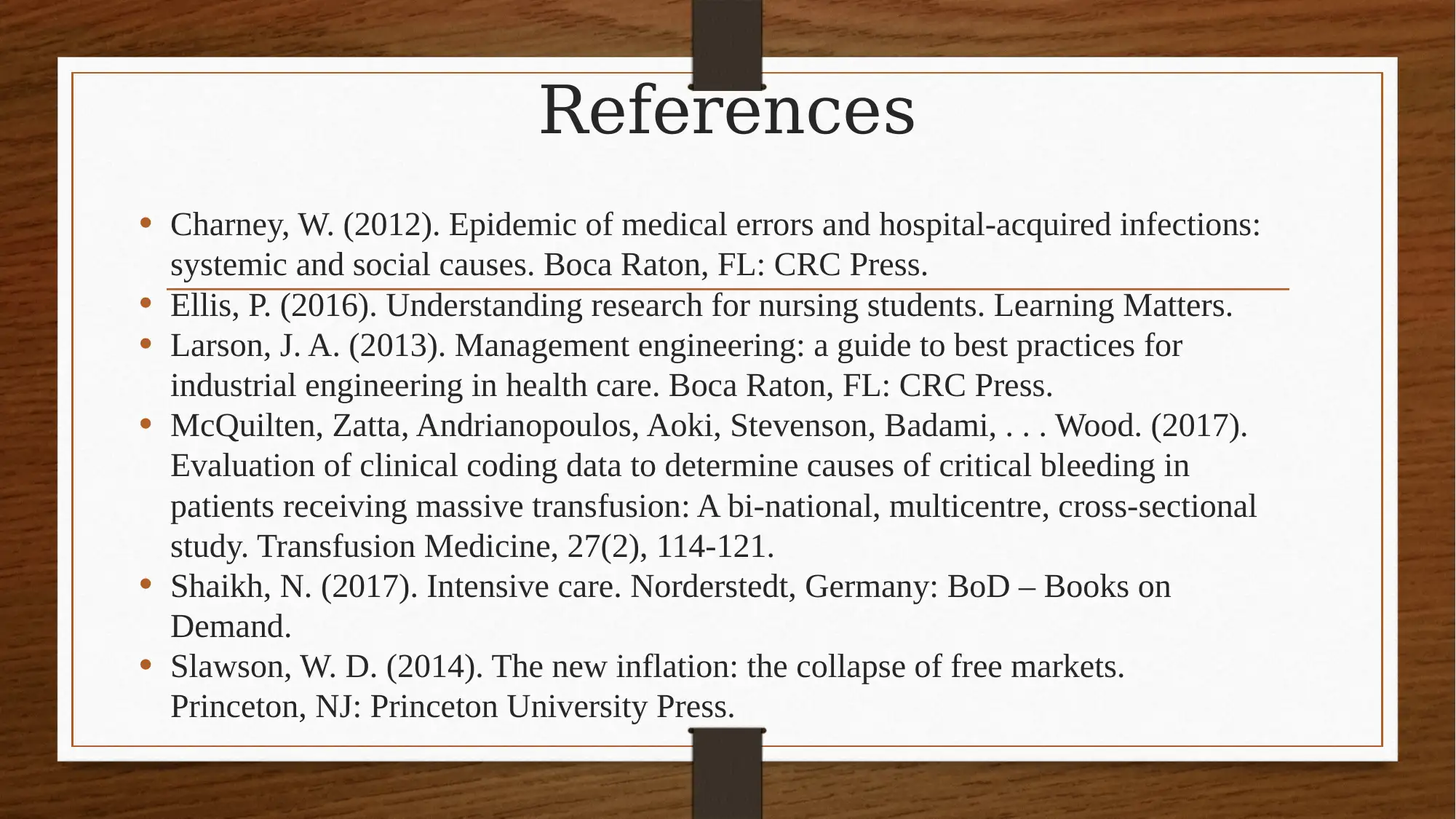
![[object Object]](/_next/static/media/star-bottom.7253800d.svg)